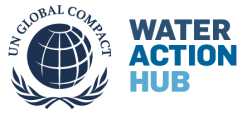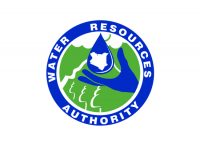Facility / River Basin
Showing 201–210 of 210 results
-

Woolworths’ Collective Action to Clear Alien Plants in the Breede Catchment (2016)
Case study on collaborative water stewardship and invasive plant species removal in South Africa.
-

Workers’ Need Project in India
WaterAid and H&M partnered to provide better WASH services and education to workers in 15 supplier factories in India.
-

Working Towards Better Water Management in South Africa (2015)
Companies, farmers, and government are working together in the Western Cape of South Africa to address shared water risks.
-
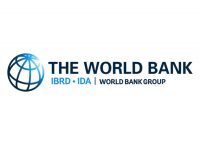
World Bank Open Data (2018)
World Bank databases are essential tools for supporting critical management decisions and providing key statistical information for Bank operational activities. This site is designed to make World Bank data easy to find, download, and use.
-
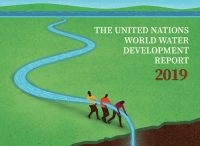
World Water Development Report 2019
The 2019 World Water Development Report (WWDR) examines how improved water resource management and access to water supply and sanitation services can help address the causes and alleviate the impacts of poverty and social inequity.
-
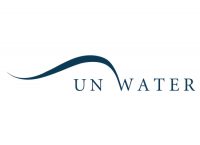
World Water Development Report 2020: Water and Climate Change (2020)
The 2020 U.N. World Water Development Report focuses on the challenges, opportunities and potential responses to climate change, in terms of adaptation, mitigation and improved resilience that can be addressed through improving water management.
-
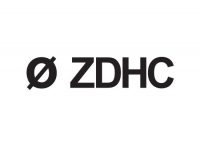
Zero Discharge of Hazardous Chemicals (ZDHC) Programme (2018)
These guidelines intend to help close the knowledge gap on wastewater treatment technologies and motivate relevant facilities in the apparel and footwear industry to implement the professional treatment systems necessary to meet the ZDHC Wastewater Guidelines.
